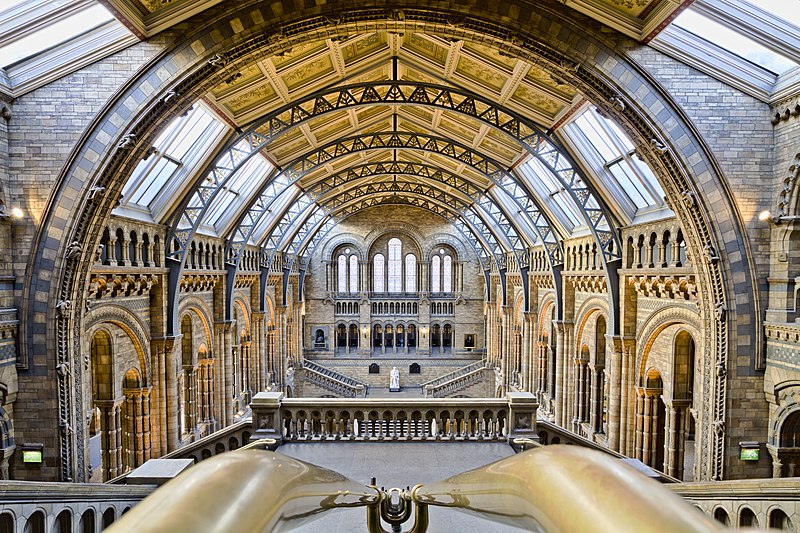A five metre robotic plant, using data from the Natural History Museum to drive its growth, has gone on show in the Netherlands.
The plant, known as ‘Econario’, is the creation of ecological artist Thijs Biersteker who wants to raise awareness of biodiversity issues.
He hopes the plant will show people the impact of the choices they make today on the future of the planet.
Professor Andy Purvis, biodiversity researcher at the Natural History Museum said: “I am blown away by this piece. The numbers around biodiversity loss are cold hard facts, but cold hard facts never grabbed anyone by the heart.
“With Econario, you feel joy when it grows and becomes more natural; and you feel pain when it wilts. It has a soul. And it really brings home what’s at stake.”
The growth of the plant is determined by the Natural History Museum’s Biodiversity Intactness Index (BII), which measures how much of a region’s biodiversity still persists.
The size of the plant will change size and shape depending on five possible political scenarios for a particular country.
If a country chooses sustainable policies today, the plant can grow to its full five metre length; if it continues to burn fossil fuels at 2022 levels, the plant will shrink.
Visitors can see which scenario and where in the world is being visualised, as well as what will have happened to biodiversity levels between now and 2050.
Bierstaker said: “I always wanted to make an artwork that shows how woven our environmental choices of today are with that of the future.
“The BII data from the Natural History Museum gives a small glimpse of those futures. Now people can see it play out in front of them”
The exhibition runs from 5 August to 13 November in Dordecht (the Netherlands), and is free to visit.





